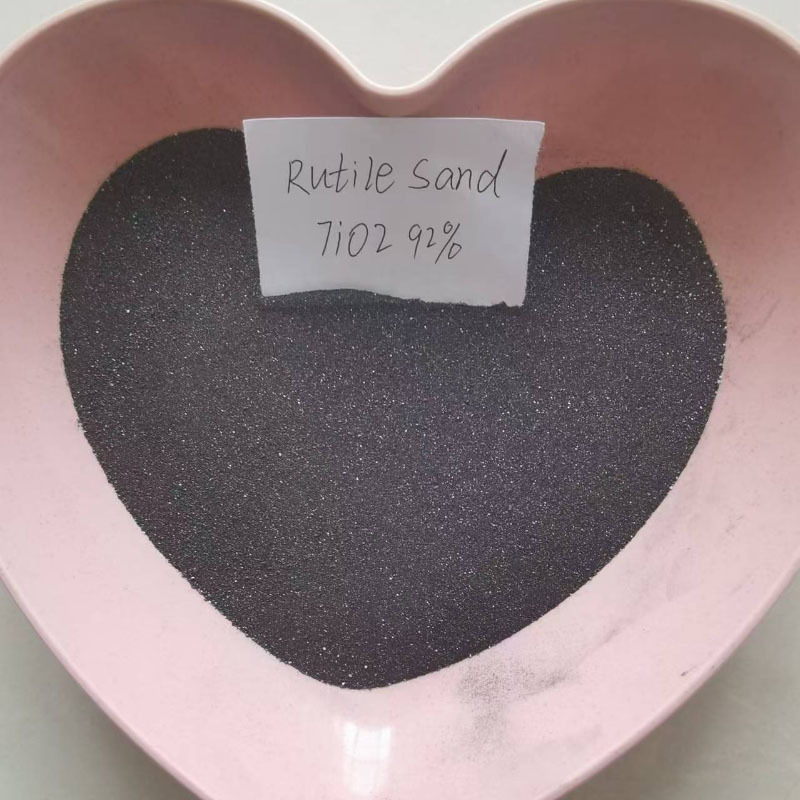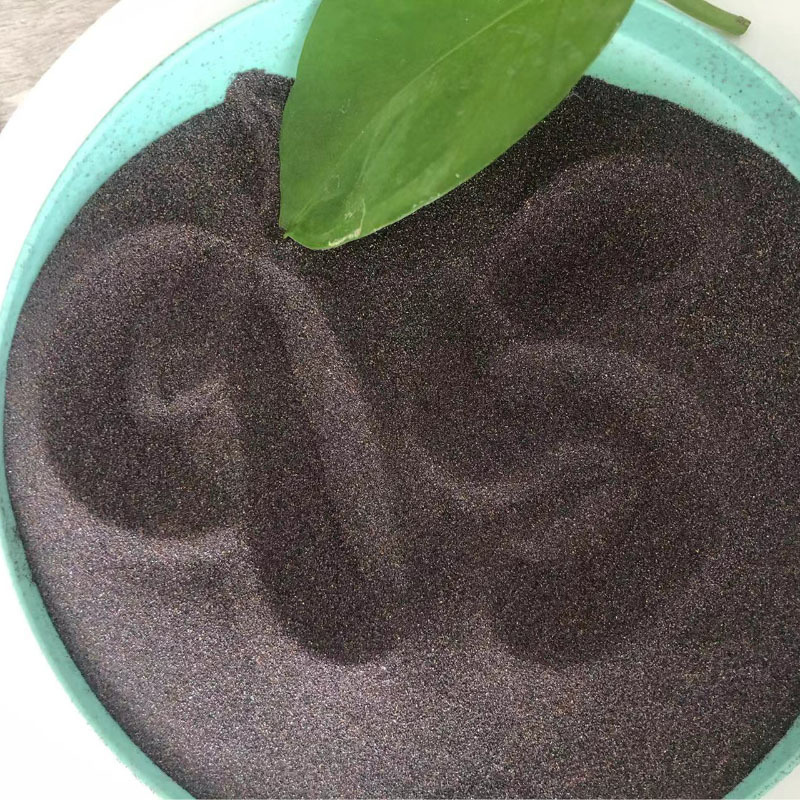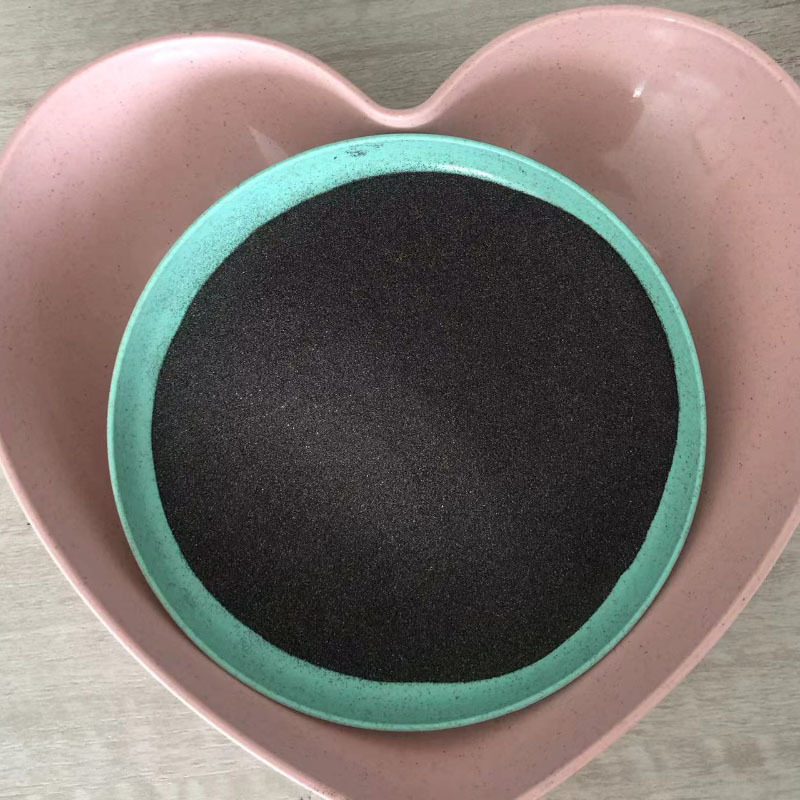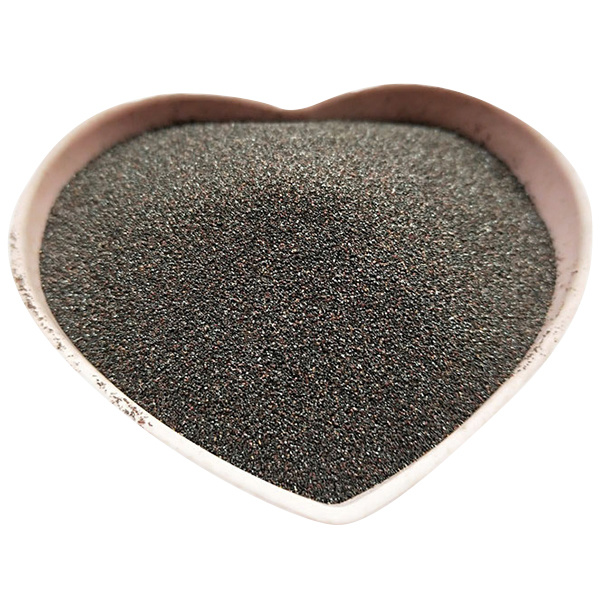Exploring the Innovative Uses of 92% Rutile Sand in the Chemical Sector
Release Time:
Jun 29,2025
Innovative Uses of 92% Rutile Sand in the Chemical Sector Table of Contents 1. Introduction to Rutile Sand and Its Composition 2. Key Properties of 92% Rutile Sand 3. Applications of 92% Rutile Sand in the Chemical Industry 3.1 Use in Pigments and Dyes 3.2 Applications in Ceramics 3.3 Role in Plastics Production 3.4 Coatings and
Innovative Uses of 92% Rutile Sand in the Chemical Sector
Table of Contents
- 1. Introduction to Rutile Sand and Its Composition
- 2. Key Properties of 92% Rutile Sand
- 3. Applications of 92% Rutile Sand in the Chemical Industry
- 3.1 Use in Pigments and Dyes
- 3.2 Applications in Ceramics
- 3.3 Role in Plastics Production
- 3.4 Coatings and Surface Treatments
- 4. Benefits of Using 92% Rutile Sand
- 5. Sustainability and Environmental Impact
- 6. Future Trends in Rutile Sand Utilization
- 7. Challenges in the Use of 92% Rutile Sand
- 8. Conclusion
- 9. Frequently Asked Questions
1. Introduction to Rutile Sand and Its Composition
Rutile sand, primarily composed of titanium dioxide (TiO2), is a naturally occurring mineral that boasts a high level of purity, particularly when refined to 92%. This high-purity rutile sand has gained significant attention in the chemical sector due to its versatile properties and wide-ranging applications.
2. Key Properties of 92% Rutile Sand
The unique properties of 92% rutile sand make it an ideal candidate for various applications. Some of the key attributes include:
2.1 High Refractive Index
The high refractive index of rutile sand enhances its effectiveness in pigments and coatings, providing vibrant colors and durability.
2.2 Thermal Stability
Rutile maintains structural integrity at elevated temperatures, making it suitable for high-temperature applications in ceramics and refractories.
2.3 Chemical Inertness
Its chemical stability offers resistance to acids and alkalis, ensuring longevity and reliability in various chemical processes.
3. Applications of 92% Rutile Sand in the Chemical Industry
The applications of 92% rutile sand in the chemical industry are vast and diverse. Some of the most notable uses include:
3.1 Use in Pigments and Dyes
One of the most significant applications of 92% rutile sand is in the production of pigments. Its high purity and excellent white color make it a preferred choice for titanium dioxide pigments, which are used in paints, coatings, plastics, and inks. These pigments offer superior opacity and brightness, enhancing the overall quality of products.
3.2 Applications in Ceramics
Rutile sand plays a vital role in the ceramics industry. Its thermal stability and chemical properties contribute to creating high-performance ceramic materials, including tiles, sanitary ware, and dinnerware. The addition of rutile enhances the strength and durability of ceramic products.
3.3 Role in Plastics Production
In the plastics industry, 92% rutile sand serves as a filler and reinforcement agent. It improves the mechanical properties of plastic materials, making them more robust and resistant to degradation. Additionally, rutile’s UV stability protects plastics from sun damage, extending their lifespan.
3.4 Coatings and Surface Treatments
Rutile sand is extensively used in coatings and surface treatments due to its excellent adhesion properties. It provides a protective layer that enhances the durability of surfaces, making it ideal for industrial applications where resistance to wear and tear is crucial.
4. Benefits of Using 92% Rutile Sand
The incorporation of 92% rutile sand in various chemical processes offers a multitude of benefits, including:
4.1 Improved Product Quality
The use of high-purity rutile sand results in superior quality products across multiple industries, ensuring enhanced performance and customer satisfaction.
4.2 Cost-Effectiveness
Rutile sand’s versatility allows manufacturers to optimize formulations, reducing the need for multiple raw materials and subsequently lowering production costs.
4.3 Enhanced Durability
Products made with 92% rutile sand exhibit improved durability, leading to longer-lasting applications and reduced maintenance costs for end-users.
5. Sustainability and Environmental Impact
In today’s eco-conscious landscape, the sustainability of raw materials is paramount. The use of 92% rutile sand aligns with sustainable practices by:
5.1 Reducing Environmental Footprint
Rutile sand's inert nature means it does not leach harmful substances into the environment, making it a safer option compared to other raw materials.
5.2 Supporting Circular Economy
Innovative recycling methods are being explored to reuse rutile sand in various applications, further minimizing waste and supporting a circular economy.
6. Future Trends in Rutile Sand Utilization
As industries evolve, the demand for innovative materials like 92% rutile sand is expected to grow. Future trends may include:
6.1 Advanced Composite Materials
Research into advanced composites incorporating rutile sand may lead to the development of lightweight, high-strength materials for aerospace, automotive, and construction applications.
6.2 Bio-Based Alternatives
The exploration of bio-based alternatives to rutile sand can complement its use, particularly in industries seeking greener solutions without compromising performance.
7. Challenges in the Use of 92% Rutile Sand
Despite its many advantages, the use of 92% rutile sand is not without challenges:
7.1 Supply Chain Issues
The mining and processing of rutile are subject to fluctuations in supply, which can impact availability and pricing for manufacturers.
7.2 Environmental Regulations
Stringent environmental regulations may affect the extraction and processing of rutile sand, necessitating compliance to maintain operations.
8. Conclusion
The innovative uses of 92% rutile sand in the chemical sector illustrate its vital role in enhancing product quality, sustainability, and technological advancements. As industries continue to evolve, the integration of rutile sand is poised to contribute significantly to various applications, from pigments and ceramics to plastics and coatings. By embracing the benefits of this mineral, manufacturers can foster innovation and drive sustainable practices, ultimately leading to a more efficient and eco-friendly chemical sector.
9. Frequently Asked Questions
1. What is rutile sand, and why is it important in the chemical sector?
Rutile sand is a mineral primarily composed of titanium dioxide. Its high purity and unique properties make it essential in various chemical applications, including pigments and ceramics.
2. How does 92% rutile sand improve product quality?
92% rutile sand enhances opacity, brightness, and durability in products, leading to higher quality outcomes across multiple industries.
3. What are the environmental benefits of using rutile sand?
Rutile sand is chemically inert and does not leach harmful substances, reducing its environmental footprint and supporting sustainable practices.
4. Can rutile sand be recycled?
Yes, innovative recycling methods are being developed to reuse rutile sand in various applications, contributing to a circular economy.
5. What challenges are associated with the use of 92% rutile sand?
Challenges include supply chain fluctuations, environmental regulations, and the need for compliance in mining and processing operations.
Keywords:
You Can Also Learn More About Industry Trends






